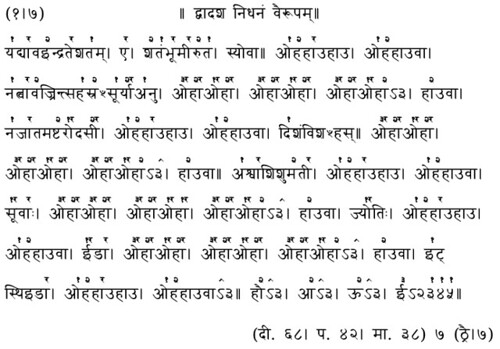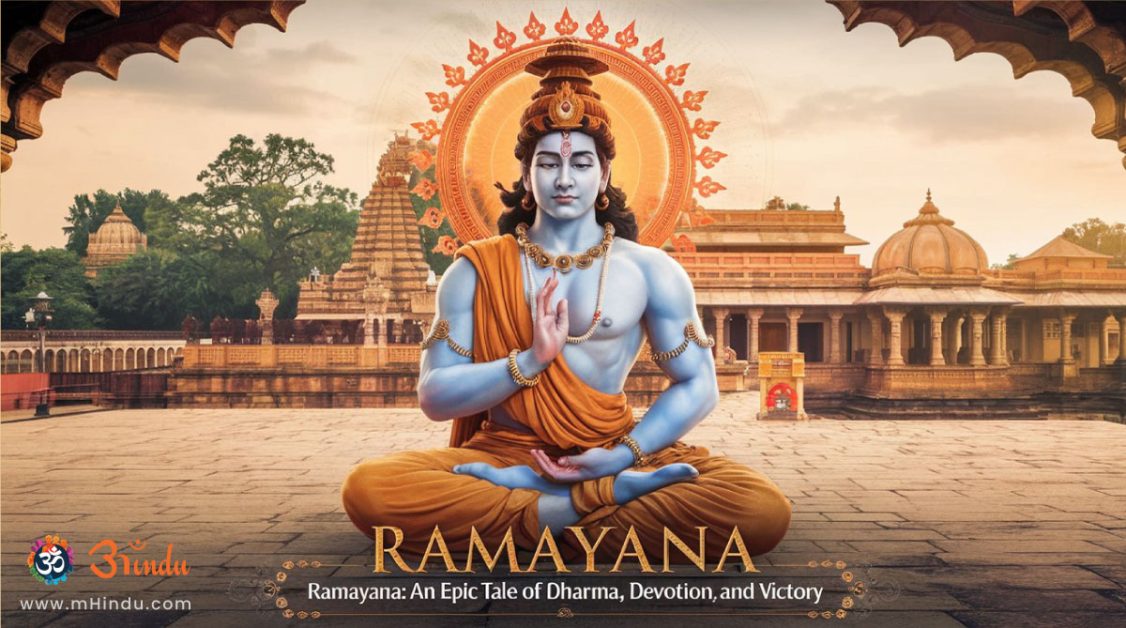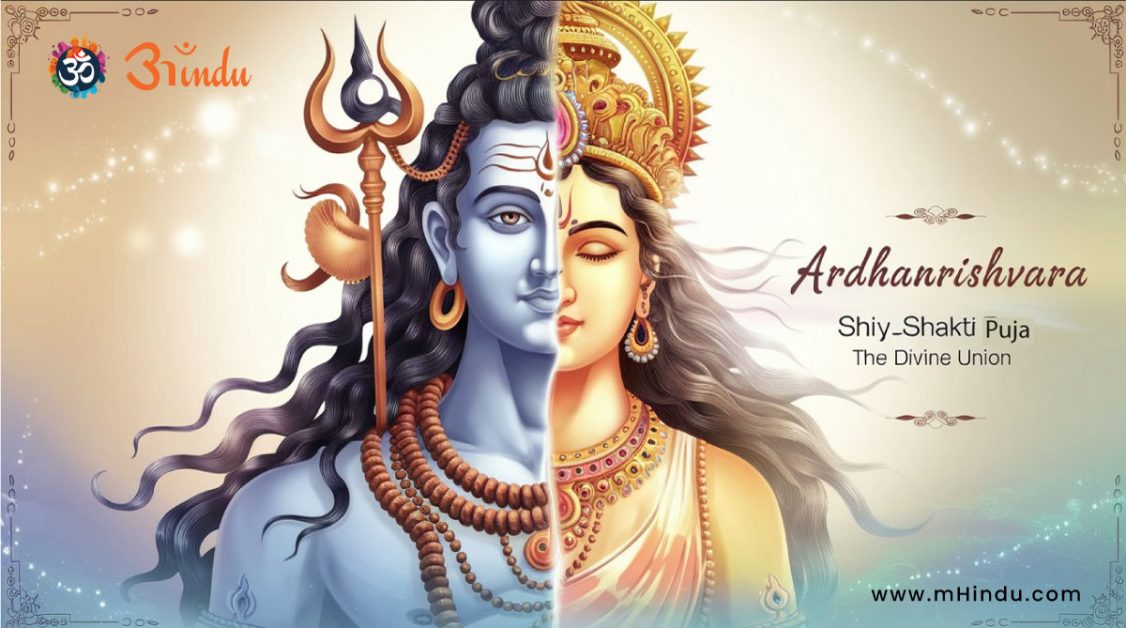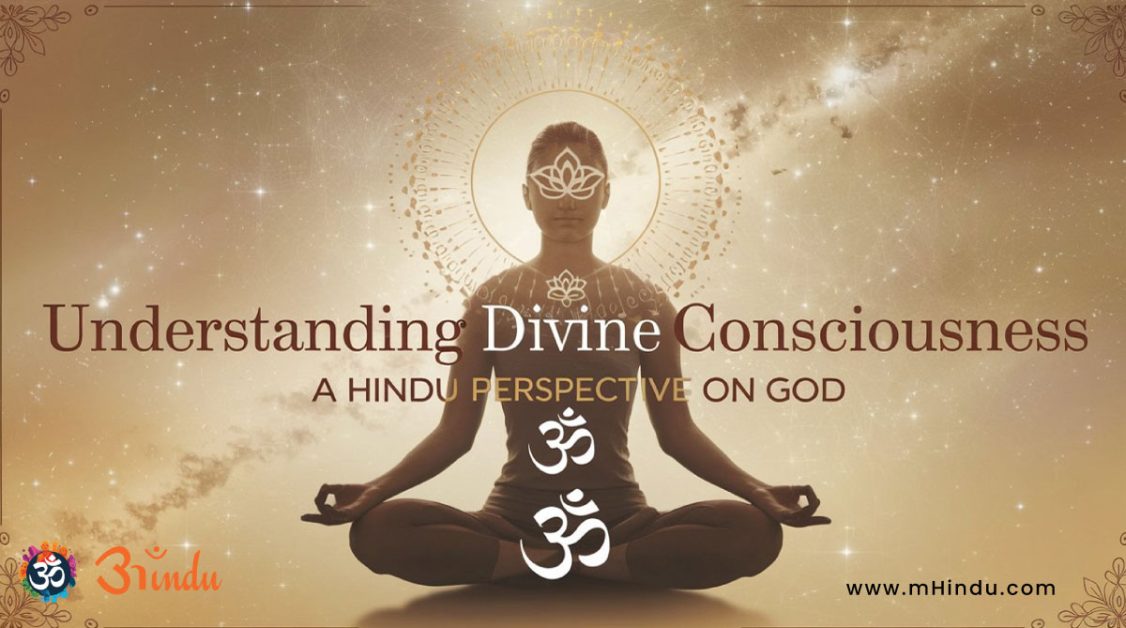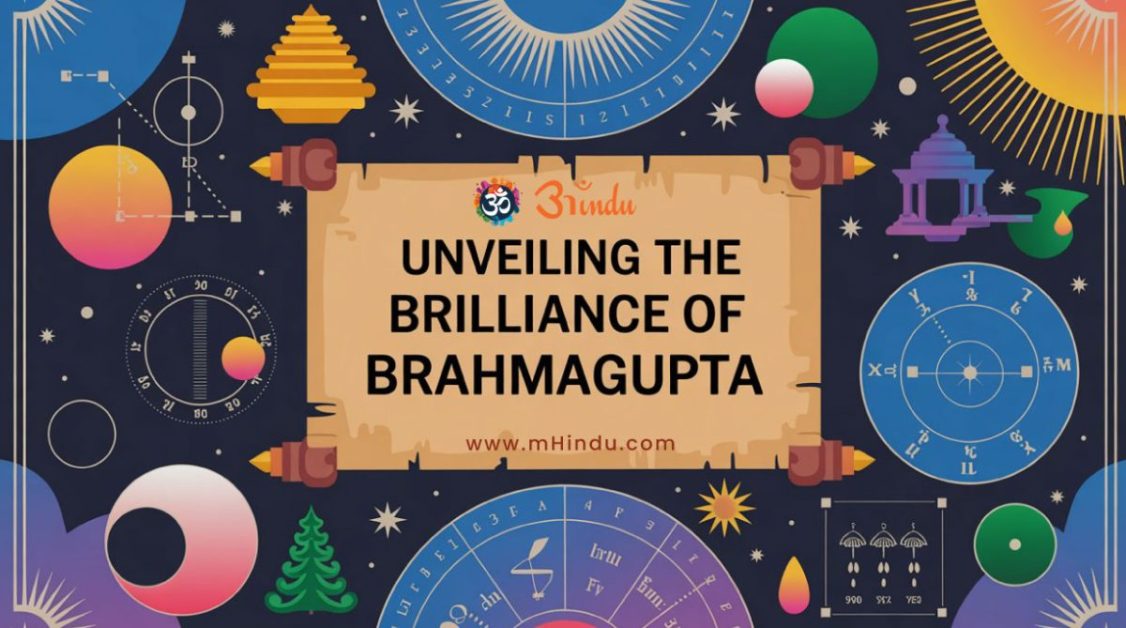
What are the Vedas? This question resonates deeply within the Hindu community, as the Vedas are the foundational scriptures of Sanatan Dharma. They are the oldest and most authoritative texts, containing profound knowledge about spirituality, philosophy, rituals, and the nature of existence. Understanding the Vedas is essential for grasping the essence of Hindu traditions and their enduring relevance. This blog aims to demystify the Vedas, exploring their structure, significance, and timeless wisdom.
On October 6th, 1969, in London, His Divine Grace A.C. Bhaktivedanta Swami Prabhupada gave a lecture about the Vedas. He began as follows: “Ladies and gentlemen, today’s subject matter is the teachings of the Vedas. What are the Vedas? The Sanskrit verbal root of veda can be interpreted variously, but the purport is finally one. Veda means knowledge. Any knowledge you accept is veda, for the teachings of the Vedas are the original knowledge…”
Rigveda: The Hymns of Divine Praise – The Foundation of Vedic Wisdom
Core Hymns and Deities:
The Rigveda is a collection of 1,028 hymns (suktas) organized into 10 mandalas. These hymns are primarily dedicated to deities such as Agni (fire), Indra (king of gods), Varuna (cosmic order), and Surya (sun), reflecting the Vedic people’s understanding of the cosmos. It serves as the oldest and most fundamental text in Vedic literature, providing insights into the early beliefs and practices of the Vedic culture.
Structure and Linguistic Significance:
The Rigveda’s 10 mandalas are organized based on the rishi (sage) families who composed the hymns, with Mandalas 2-7 being the oldest. The language used in the Rigveda is an ancient form of Sanskrit, making it crucial for linguistic studies and understanding the development of Indo-Aryan languages. Its verses are not only religious in nature but also offer a look into the social and cultural aspects of the Vedic era.
Yajurveda: The Veda of Rituals and Sacrifices
Ritualistic Procedures and Mantras:
The Yajurveda focuses on the procedural details of Vedic rituals and sacrifices (yajnas), providing mantras and instructions for various ceremonies. It is divided into Shukla (white) and Krishna (black) Yajurveda, each with a different structure and content. The Yajurveda serves as a practical manual for conducting sacred ceremonies, ensuring the correct execution of rituals.
Shukla and Krishna Divisions:
The Shukla Yajurveda contains only mantras and emphasizes clarity and precision in rituals, while the Krishna Yajurveda includes both mantras and prose explanations (brahmanas), offering detailed instructions and interpretations. This division allows for a comprehensive understanding of the symbolic meaning and significance of the rituals, connecting them to cosmic order and spiritual principles.
Samaveda: The Veda of Melodies and Chants – The Musical Expression of Vedic Devotion
Melodic Arrangements and Liturgical Use:
The Samaveda consists of hymns set to musical notes and chants, primarily derived from the Rigveda. It emphasizes the role of music in spiritual practice and is used in the performance of soma sacrifices. The hymns are arranged into melodies (saman) and chants, transforming sacred verses into melodic expressions of devotion.
Spiritual Elevation Through Music:
The chanting of Samaveda hymns is believed to elevate the spiritual consciousness of the performers and listeners. The melodic arrangements have significant aesthetic value and are considered a form of sacred art. The Samaveda preserves the musical traditions of the Vedic period, highlighting the power of sound in connecting with the divine.
Atharvaveda: The Veda of Diverse Knowledge – The Tapestry of Everyday Life
Diverse Content and Practical Applications:
The Atharvaveda is a diverse collection of hymns, spells, incantations, and philosophical insights, addressing both worldly and spiritual concerns. It covers a wide range of subjects, including healing, spells, rituals, and philosophical concepts. It offers practical guidance for everyday life, reflecting the holistic worldview of the Vedic people.
Medicinal Knowledge and Folk Traditions:
The Atharvaveda preserves medicinal knowledge and herbal remedies, reflecting the Vedic understanding of health and healing. It also reflects the folk traditions and beliefs of the Vedic people, providing insights into their cultural practices. It emphasizes a holistic approach to life, addressing both physical and spiritual well-being.
The Vedas, Vedangas, Upangas and Upavedas
The Vedas are one body of knowledge divided into four, the Rig, Yajur, Sama and Atharva Veda. Each of the four Vedas has several, slightly variant recensions known as sakhas. In each of those sakhas there are three portions: the Samhita, Brahmana, and the Aranyaka.
The Rig Veda contains many Sanskrit hymns of praise directed to many devas or gods, in truth many aspects of the one, single divine. What in later ages became known as slokas, or metrical verses, were originally known as rigs. Each rig is a mantra and a number of such rigs or mantras make up a poem known as a sukta. The Samhita portion of the Rig Veda contains more than ten thousand rigs (10,170 to be precise) grouped into 1028 poems or suktas.
The word Yajur is derived from the word Yaj or worship. The word Yajna, meaning sacrificial worship, is also derived from this stem. The Yajur Veda spells out the ritualistic procedural details of worship whereby all the rigs of the Rig Veda can be employed.
The word Sama means to ‘make peaceful’ and the Sama Veda contains music to make the gods peaceful and pleased with the worshipper. In order to attain the grace of the gods who are being propitiated, the priest sings the rig mantras to the seven notes of the musical scale rather than the strict upward and downward notes of the Rig Veda chanting.
The Atharva Veda draws its name from the rishi named Atharva who revealed it. The mantras in this Veda are for protection.
The Vedangas are the various ‘limbs’ of the Vedas and include texts on pronunciation of the mantras (Siksha) texts on grammar and poetic metre (Vyakaran and Chanda) as well as a dictionary (Nirukti). Since Vedic yajnas or rituals have to be performed in exactly constructed arenas and according to the phases of the moon and stars there are also handbooks for mathematics, astrology and ritual detail (Jyotish and Kalpa)
The Upangas are the ‘subsidiary limbs’ and consist of texts that support the performance of ritual and the comprehension of their importance and intrinsic philosophical basis. They include Mimamsa, the ‘deep analysis of a subject worthy of reverence,’ Nyaya, the system of logical deduction and analysis of evidence; histories or Purana, and the Dharma Shastras, codes of living for civilised people.
The Dharma Shastras describe household duties, personal work, cleanliness, eating, and ceremonies related to life-cycle events such as weddings and funerals. There are 18 such texts, known as smritis, written by 18 rishis such as Manu, Yajnavalkya and Parasara, and the smritis all bear their names.
The Upavedas are texts dealing with corollary subjects important for organizing the various features and essential elements of civilized human society. Ayur-veda explains an elaborate system of medicine; the Artha-shastra describes polity and economics; the Dhanur-veda focuses on ethical warfare and the Gandharva-veda teaches music.
Conclusion
In exploring “What are the Vedas?”, we’ve journeyed through the ancient corridors of Sanatan Dharma, unveiling the profound wisdom enshrined within these sacred texts. The Rigveda’s hymns, the Yajurveda’s rituals, the Samaveda’s melodies, and the Atharvaveda’s comprehensive knowledge each contribute to a holistic understanding of life, spirituality, and the cosmos. From the core Samhitas to the philosophical heights of the Upanishads, and the practical applications of the Upavedas, the Vedas provide a layered and comprehensive guide to existence.
The enduring legacy of the Vedas lies not only in their historical significance but also in their timeless relevance. The oral tradition, “shruti,” safeguarded their purity, ensuring that the essence of Vedic wisdom reaches us today. These scriptures serve as a moral compass, guiding us towards dharma, and as a spiritual guide, illuminating the path to moksha. In modern times, the Vedas offer insights into ethical living, holistic health through Ayurveda, and even scientific principles that resonate with contemporary discoveries.
Embracing the Vedas is more than an intellectual pursuit; it is a journey of self-discovery and spiritual awakening. By delving into these ancient texts, we connect with our cultural heritage and discover the eternal truths that guide us toward a life of purpose and fulfillment. Let us continue to study, reflect, and apply the wisdom of the Vedas, ensuring that their light continues to illuminate the path for generations to come.
FAQs:
-
What is the primary significance of the Vedas in Sanatan Dharma?
- The Vedas hold the foremost position in Sanatan Dharma as the foundational scriptures, considered “shruti,” or divinely revealed knowledge. Their primary significance lies in providing the core spiritual and philosophical framework upon which all subsequent Hindu traditions and practices are built. They offer insights into the nature of reality, the cosmos, and the human condition, guiding individuals towards dharma (righteous living) and moksha (liberation). The Vedas are the ultimate authority for understanding the essence of Hinduism.
-
How do the four Vedas complement each other, and why are they divided?
- The four Vedas—Rigveda, Yajurveda, Samaveda, and Atharvaveda—complement each other by addressing different aspects of spiritual and worldly life. The Rigveda provides hymns for divine praise, the Yajurveda focuses on ritualistic procedures, the Samaveda emphasizes musical chants for spiritual elevation, and the Atharvaveda offers practical knowledge for everyday living. They are divided to organize and specialize the vast body of Vedic knowledge, making it more accessible and applicable to various aspects of life and spiritual practice. This division allows for a comprehensive understanding of Vedic wisdom.
-
What is the role of the Brahmanas, Aranyakas, and Upanishads in relation to the Samhitas?
- The Samhitas are the core collections of mantras and hymns in each Veda. The Brahmanas serve as prose texts that explain the rituals and their significance, providing detailed instructions and interpretations. The Aranyakas, intended for forest dwellers and spiritual seekers, bridge the gap between ritual and philosophy, exploring deeper meanings of Vedic concepts. The Upanishads, considered the philosophical culmination of the Vedas, delve into the nature of reality, the self (Atman), and the ultimate reality (Brahman), offering profound insights into spiritual truths and the path to liberation. Together, they form a layered structure, progressing from ritualistic practices to philosophical contemplation.
-
How has the oral tradition of the Vedas contributed to their preservation over millennia?
- The oral tradition, known as “shruti,” has played a vital role in preserving the Vedas by ensuring their accurate transmission through generations. This method involved meticulous memorization and recitation by rishis and their disciples, maintaining the purity of pronunciation and intonation, which are considered essential for the efficacy of the mantras. The unbroken chain of oral transmission has safeguarded the Vedas from textual corruption and ensured their continuity, making them one of the oldest and most accurately preserved bodies of literature in the world.
-
What practical applications of Vedic knowledge are found in the Upavedas?
- The Upavedas offer practical applications of Vedic knowledge in various fields. Ayurveda, the science of life, focuses on holistic health and well-being. Arthashastra provides principles for governance and economics, guiding the management of statecraft and social order. Dhanurveda deals with archery and warfare, emphasizing ethical conduct and strategic thinking. Gandharvaveda explores the role of music and arts in spiritual and cultural life. These Upavedas demonstrate the comprehensive nature of Vedic wisdom, extending beyond spiritual matters to address practical aspects of human existence.
-
How can the teachings of the Vedas be relevant to modern-day life, especially for the Hindu community?
- The teachings of the Vedas remain highly relevant in modern life by offering timeless principles for ethical living, spiritual growth, and holistic well-being. They provide guidance on dharma, karma, and moksha, helping individuals navigate life’s challenges with wisdom and integrity. Vedic practices like meditation, yoga, and chanting promote mental and physical health, while the philosophical insights of the Upanishads encourage self-reflection and the pursuit of truth. For the Hindu community, the Vedas serve as a source of cultural identity and spiritual grounding, connecting them to their ancient heritage.
-
What is the significance of the Gayatri Mantra, and where does it originate from?
- The Gayatri Mantra is one of the most revered hymns in Hinduism, symbolizing the pursuit of divine wisdom and enlightenment. It is a powerful mantra dedicated to Savitr, the deity representing the sun’s creative and illuminating power. The mantra is found in the Rigveda (3.62.10), making it a part of the oldest Vedic text. Its chanting is believed to purify the mind, enhance spiritual awareness, and invoke the blessings of the divine, making it a central practice in daily worship and spiritual discipline.
-
How does the concept of Brahman, as described in the Upanishads, relate to the Vedic deities?
- The concept of Brahman, as described in the Upanishads, represents the ultimate reality—the formless, eternal, and all-pervading source of existence. While the Vedic deities, such as Indra, Agni, and Varuna, are revered as powerful manifestations of the divine, they are considered expressions of Brahman. The Upanishads teach that Brahman is the underlying essence of all things, including the deities. Therefore, the Vedic deities are seen as different aspects or forms of the singular, supreme reality of Brahman. This understanding marks a transition from polytheistic worship to a more monistic or pantheistic philosophical perspective.


